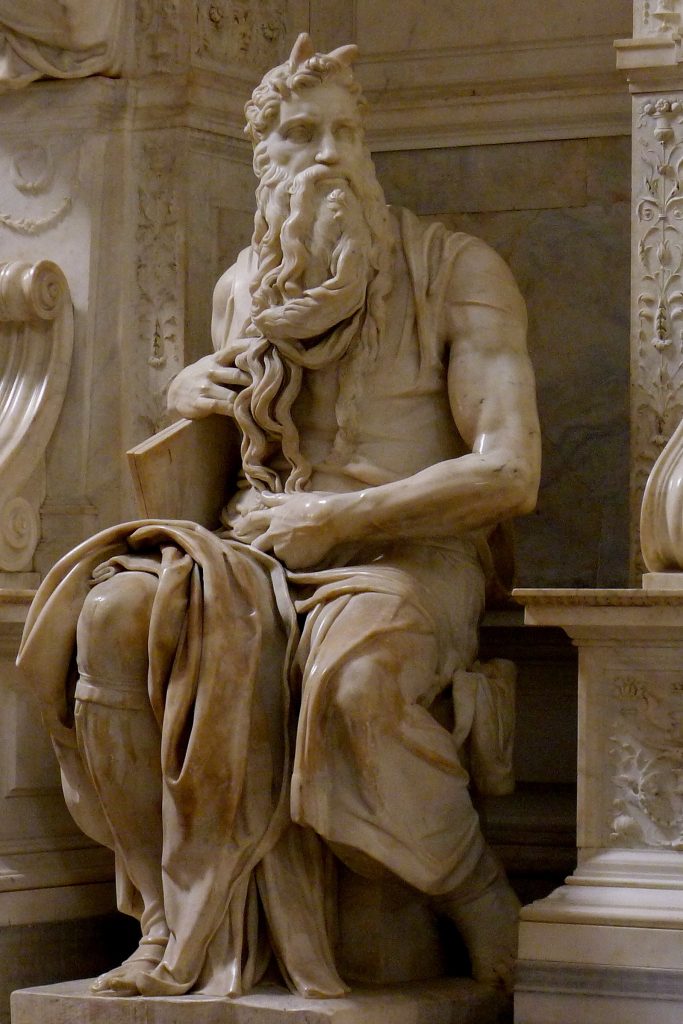
“You’re absolutely correct, I read this as well, it is not imagined!” With those words, Dr. Pieter van der Veen gave his endorsement to a reading that has caused waves both in biblical archaeology and the hearts of people looking for material connections with the Exodus: an inscription on a 3,800-year-old Egyptian mine that could read, in Hebrew, “This is from Moses.” The tale of the inscription is more than a newspaper headline it’s a glimpse into the beginnings of faith, language, and the universal human desire to touch the past.

1. The ‘Moses Inscription’: A Breakthrough
Under Fire At the windy blue turquoise mines at Serabit el-Khadim in Egypt’s Sinai Desert, researcher Michael Bar-Ron labored for eight years studying high-resolution photos and 3D scans of Proto-Sinaitic inscriptions. Among them, he recognized a phrase ‘zot m’moshe’ which he feels equates to “This is from Moses.” Bar-Ron’s research, backed by his advisor Dr. van der Veen, proposes that this phrase may signify authorship or dedication attributed to the biblical Moses, whose historical existence has been the subject of debate for centuries. “I was very strict about looking for the name ‘Moses’ or any other that might be sensationalist-sounding,” Bar-Ron explained, highlighting his commitment to strict scholarship.

Nonetheless, the reading is contentious, with Egyptologist Dr. Thomas Schneider warning, “The claims are entirely unproven and misleading,” warning that “arbitrary identifications of letters can distort ancient history.”
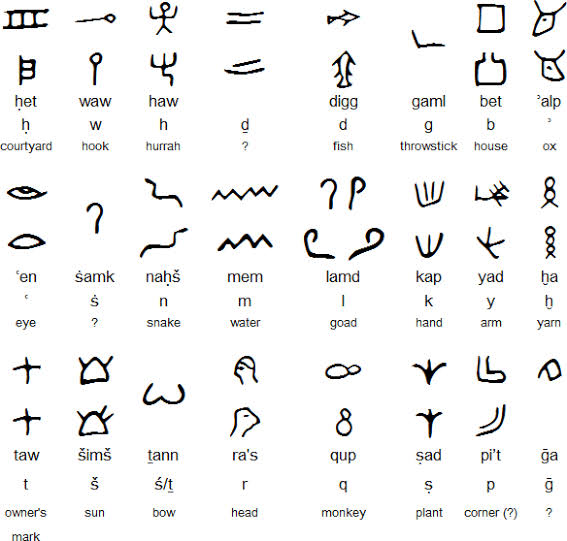
2. Deciphering Proto-Sinaitic: The Alphabet’s Earliest Footprints
The Proto-Sinaitic alphabet is no run-of-the-mill ancient writing it’s the world’s oldest known alphabet, a dramatic jump from the hundreds of intricately painted Egyptian hieroglyphs to a 22-character system. The breakthrough, probably designed by Semitic-speaking laborers about 1800 BCE, opened writing to common people, not merely the privileged. The pictographic origins of the script are evident: a house represents “b” (bayit), an ox head represents “a” (aleph). But decipherment is a mystery.
No vowels, no word divisions, and uncertain signs mean that each translation is a detective’s work, as scholars argue over whether the language of the script is ancient Hebrew, Canaanite, or some other Semitic language.
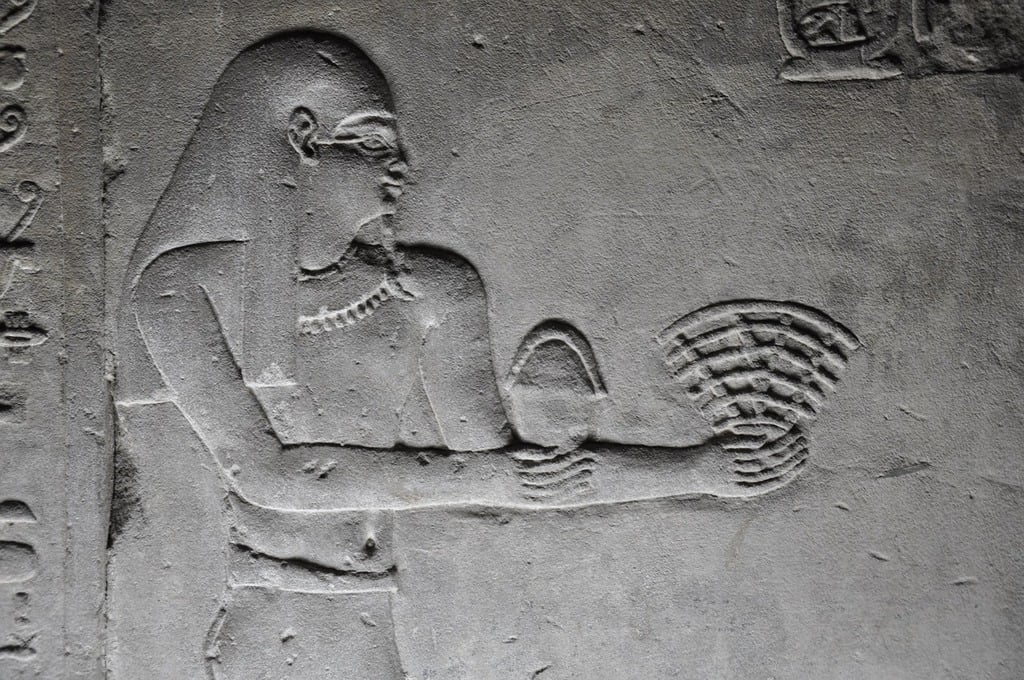
3. Religious Conflict Carved in Stone
The walls of the mines don’t merely narrate working-class stories they resonate with spiritual struggle. Inscriptions cite “El,” the early Israelite deity, and indicate the name of Egyptian goddess Hathor (Baʿalat) defaced or overwritten.
Bar-Ron sets the stage: “We see reverent inscriptions praising the idol Ba’alat, with plainly an El or God-serving scribe arriving later and erasing part of some letters, in an attempt to convert the message into a God-serving message.” This is not simply graffiti; it’s a documentation of religious transformation and conflict, with monotheistic worship gaining hold in a multicultural society of Semitic laborers.
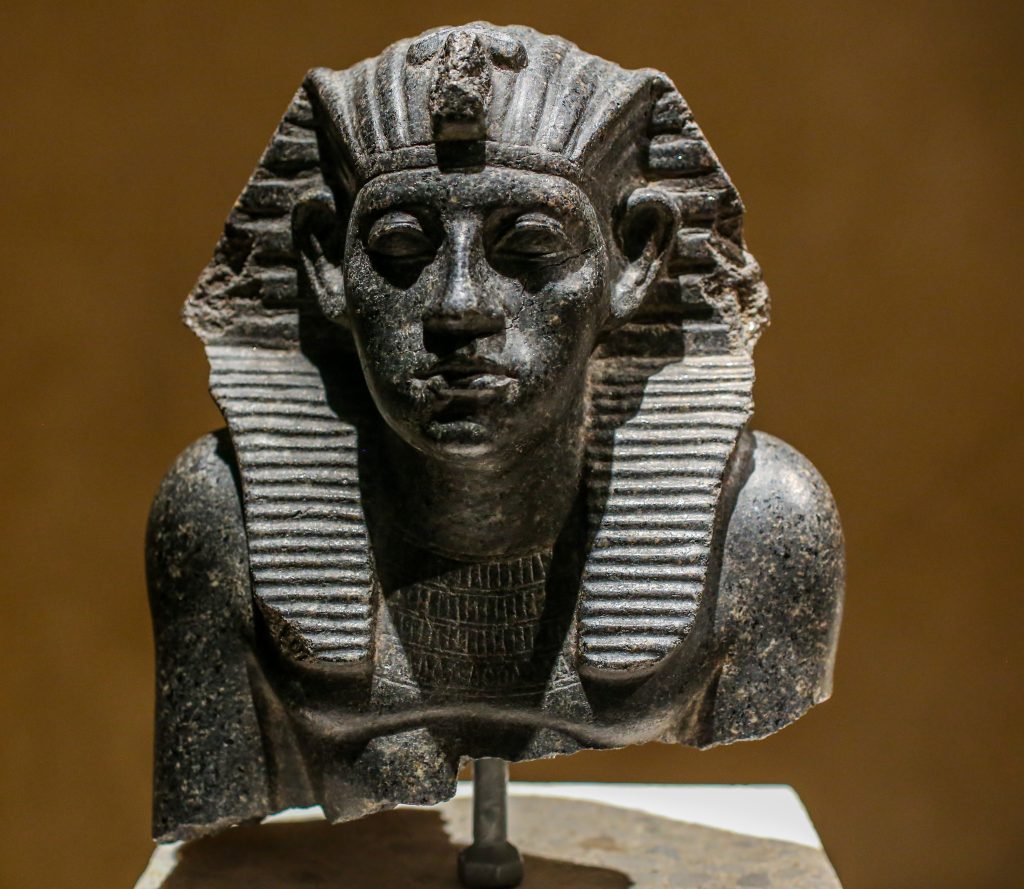
4. Pharaoh Amenemhat III and the Semitic Community
The inscriptions belong to the time of Pharaoh Amenemhat III, a pharaoh who was famous for his grand building enterprises. Certain scholars have even suggested that Amenemhat III may be the pharaoh to whom the Book of Exodus refers to. Archaeological finds like the burned Baʿalat temple and references to the “Gate of the Accursed One” hint at resistance against Egyptian authority and the turmoil experienced by Semitic slaves.
Nearby stelae and seals point to a significant Semitic presence, possibly including figures like Joseph, the biblical official who rose from slavery to power and paved the way for his family’s settlement in Egypt.
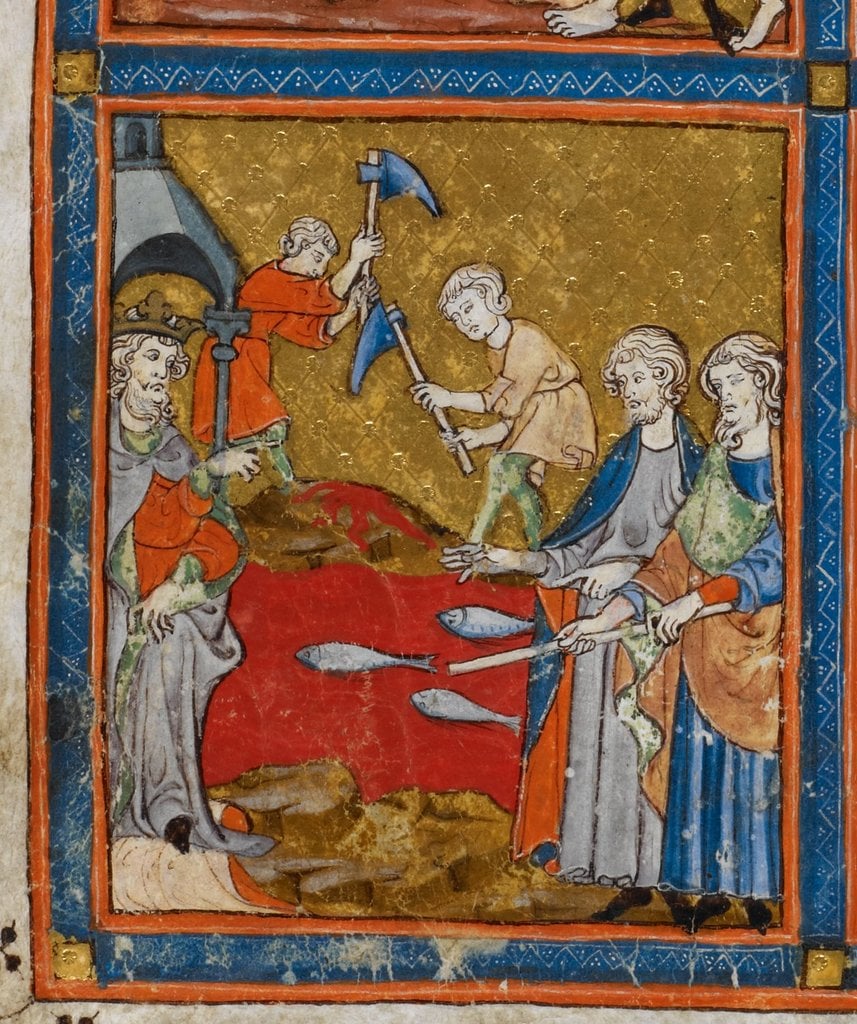
5. The Exodus Narrative: New Light on Old Stories
For those readers who love the Bible’s history, these finds provide a fascinating link between scripture and archaeology. The inscriptions speak of slavery, overseers, and a dramatic abandonment of the cult of Baʿalat hints of the scriptural account of Moses and his people fleeing idolatry and bondage.
As Bar-Ron describes, “This is ground zero for this conflict.” The presence of potential “Moses” references, in addition to dedications to El and entreaties for deliverance, renders the ancient Exodus narrative ever sharper, more human in focus.
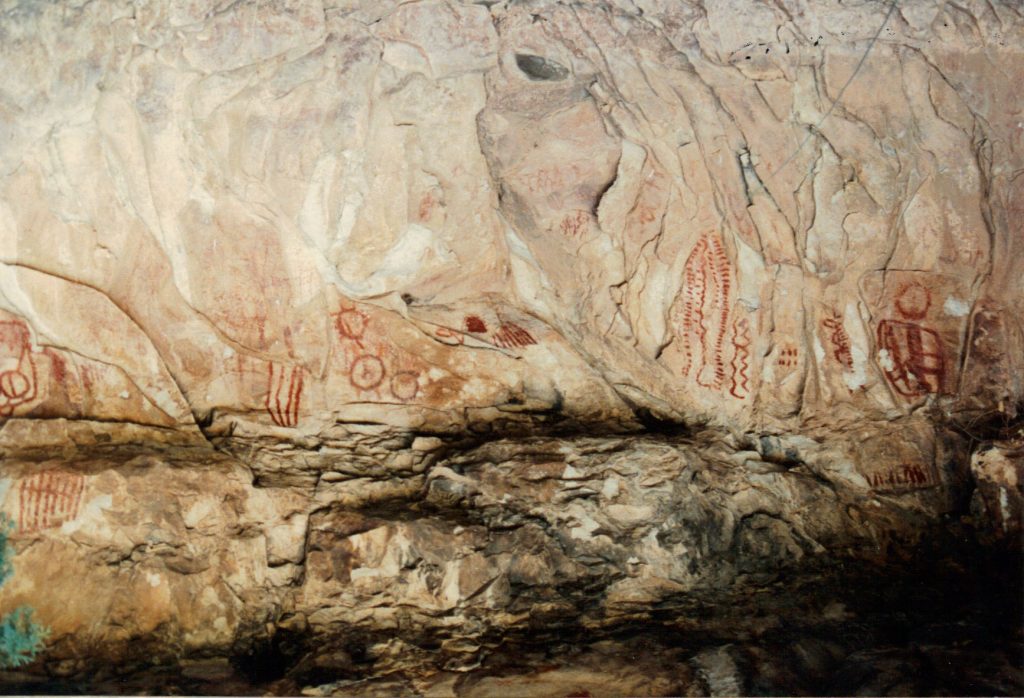
6. The Birth of the Alphabet and Its Enduring Legacy
The Proto-Sinaitic script did not merely impact religious history it revolutionized human communication. The alphabet created by Canaanite miners in the Sinai Desert evolved into the ancestor of all contemporary Western writing scripts, ranging from Hebrew and Arabic to English and Russian. This democratization of writing allowed for the possibility of holy stories, prayers, and daily hopes to be written down and remembered by many and not only the privileged few.
The evolution of the script from pictographs to letters is a testament to the ingenuity and survival skills of the ancient world.

7. The Ongoing Search for Knowledge
Even with the thrill, caution is necessary. Decipherment is a tricky business no vowels, changing letter forms, and that constant danger of reading what one wishes to read. Nevertheless, as Bar-Ron’s mentor confirms, “You’re absolutely correct, I read this too, it is not imagined!” The academic process is continued, with new tools and insights applying new perspectives to inscriptions silent for thousands of years.
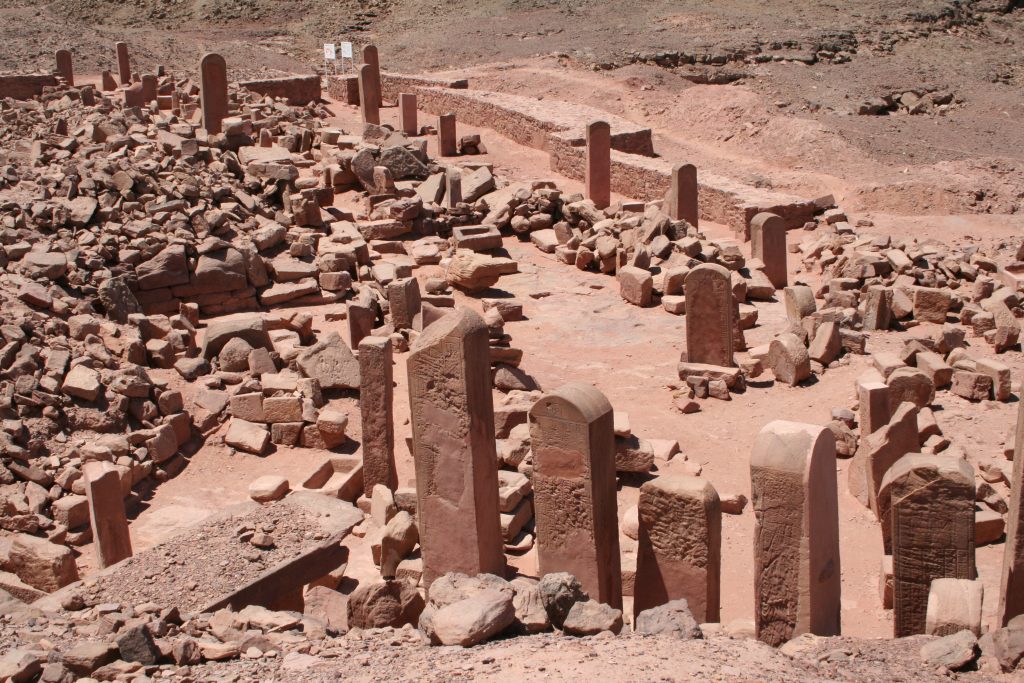
Ultimately, the inscriptions at Serabit el-Khadim encourage readers not only to be amazed at ancient enigmas, but also to consider the long-lasting strength of faith, language, and human desire to make a difference in the world. Whether or not the inscription does, in fact, say “This is from Moses,” the stones talk of hope, strife, and the creation of a tale still influencing lives today.


